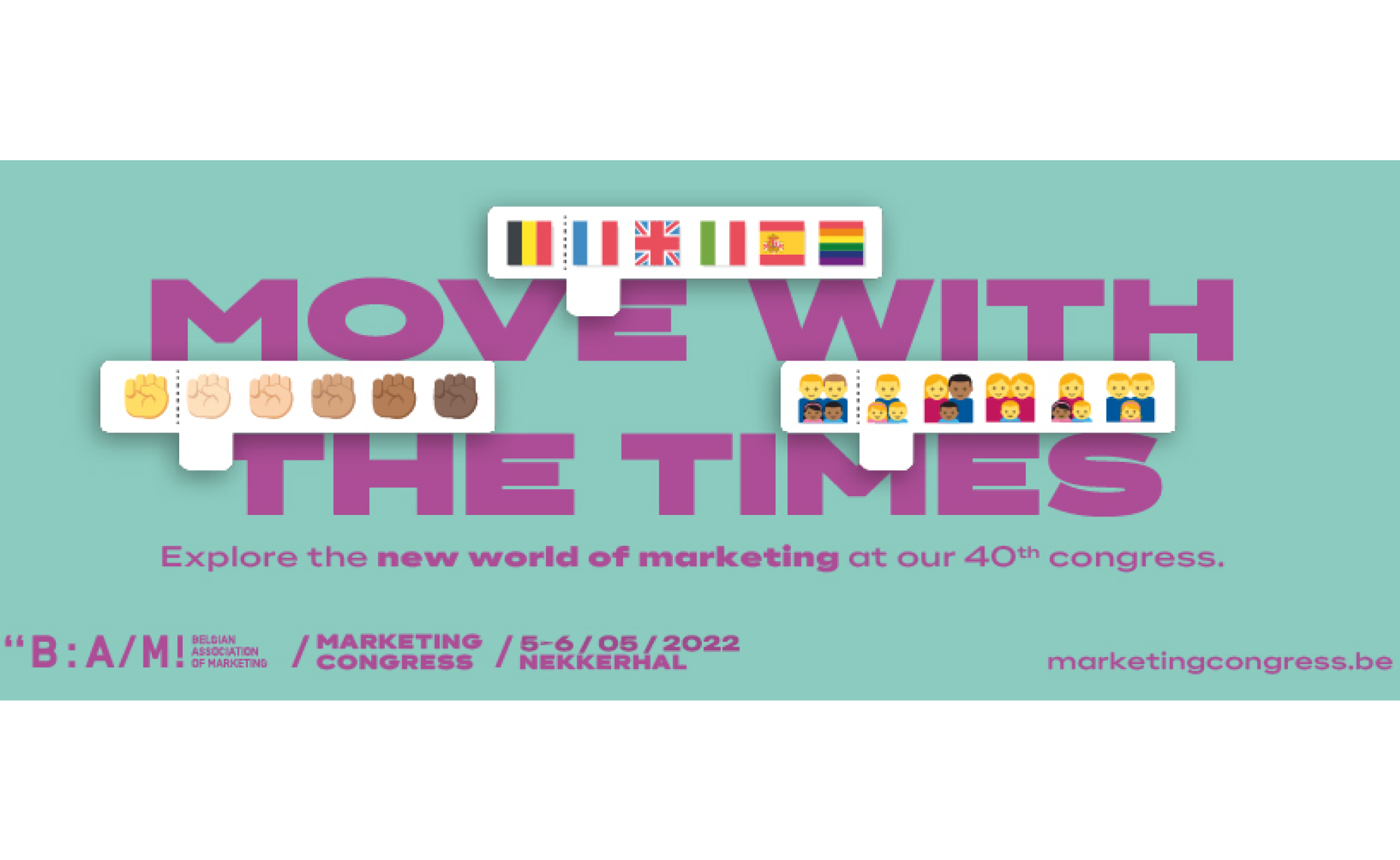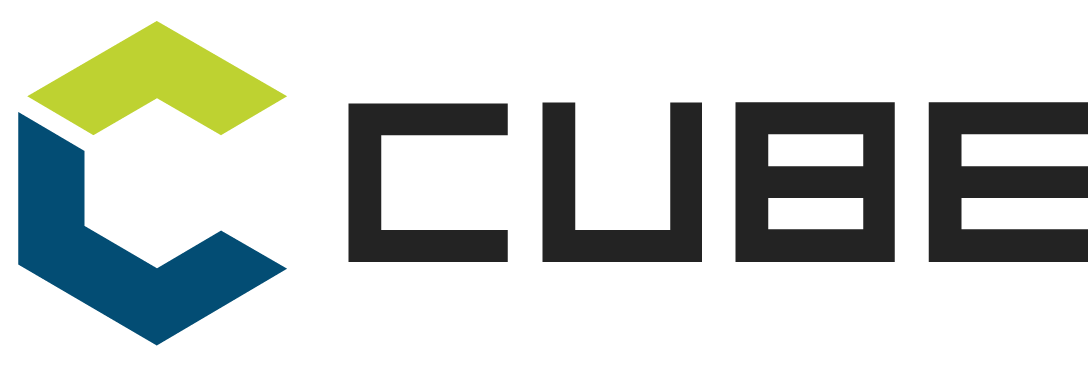
21 Mar Brand Architect: a new measuring tool to quantify brand strength
The reasons why consumers today prefer one product or brand to another can no longer be compared with those we detected, say, ten years ago. Henceforth, brand managers and marketeers intent on building a strong brand need to factor in some very different parameters. Traditional consumer research falls short of the mark, says Karolien Smets from GfK. She will present Brand Architect at the BAM Marketing Congress.

“How can we build a strong brand?”. The question is short and sweet, but on any given day it is causing marketeers and brand managers to break out in a cold sweat . “One of the first steps to take when building a brand is to define and even quantify the brand value or the brand strength in itself”, says Karolien Smets, Team Lead Marketing & Consumer Intelligence with GfK. “The reason is that consumers have changed radically. They now want more than just the purely functional value or inherent qualities of a product. Customers today expect an experience, not a product. They want to know what a brand stands for, its position in society and whether this position aligns with their own values. The challenge today is to capture one’s brand value or strength and quantify it.”
Another factor is that it is no longer possible to supply companies with general guidelines or to use templates. “Research of this type has become fully customised, as lots of individual parameters have to be taken into account: who is the target group? Where is the brand positioned today? Where does it aim to end up? One size fits all has long ceased to exist.”
Brands today have to stand for something, Karolien Smets emphasises. Consumers have become quite sensitive to this aspect, so those that don’t meet expectations are out. “Why are that many customers prepared to fork out more for een iPhone? What is it that wins them over? What does Apple stand for? Or, to cite an example from a completely different sector – Tony’s Chocolonely not only stands for yummy chocolate, the brand is also fighting for a fairer world, where chocolate is produced without resorting to slavery and child labour. In other words: purpose has become a formidable weapon.”
Ear to the ground
Companies need to keep their ear to the ground in matters like these. They should think strategically and remember to measure these things with precision. GfK is attempting to address this with the aid of its newest tool, called Brand Architect, which measures brand strength by simulating the way customers choose brands in real-life situations. Consumers are being observed in various life-like buying situations, with a view to gaining insights into their considerations, purchase intentions and readiness to pay a premium price. This method provides various interesting insights: how well is the brand building working? Will consumers buy my brand? What factors affect customers’ purchase decisions? Can I charge a premium price for my brand? How do I pick the right mission statement and touch-points for my brand?
“The customer has changed, while research agencies have stagnated somewhat”, says Karolien Smets. “Traditional brand matrices are no longer sufficient. They provide only limited surveys and focus too strongly on short term action. They insufficiently consider the target group and their counselling is too generic. Brand Architect can remedy these shortcomings.”
How much – but also: why?
Another advantage of the tool is that it quite easily captures brand value, as Karolien Smets explains: “We provide a full survey that is very close to the real-life situation, while managing to represent the brand value using just 1 number. This is how we seek to quantify the imponderable. No longer do we have to deal with five or six conflicting KPI’s: we deliver just the one number that allows you to compare your brand with your competitors and your peers. Besides the customary sales data – and more importantly – your company gets insights just as much into ‘why’ as into ‘how much’.”
This number is, of course, not the end-all and be-all: GfK also makes Brand Architect “actionable”. Karolien Smets: “A great deal of consultancy is involved: what should be done? How? Within what timeframe? A lot depends on which position the brand wants to go for. Does it want to remain a niche brand? Or does it radically choose to go mainstream? The actions associated with these choices will, evidently, diverge widely. We can also provide counsel regarding the preferred course of action, for instance to a startup that is not quite sure where it is headed. The fact that this entails a choice to be pondered is in itself quite new. In the (not so) old days, people said: we just start selling and we’ll see where we land.”
What if?
At present, companies like Nespresso, Toyota and Huawei are putting Brand Architect to good use. These brands have little in common and represent widely diverse sectors. “We’ve been doing this for a year now and it is clearly a big hit”, says Karolien Smets. “But the tool will never be finished. We’re constantly adding new functions to it, for instance “what if”-scenarios, to allow brands to assess certain strategic considerations beforehand.”
Karolien Smets will present Brand Architect at the BAM Marketing Congress. Quite a few research agencies will take centre stage on that occasion. Come and discover them all!
